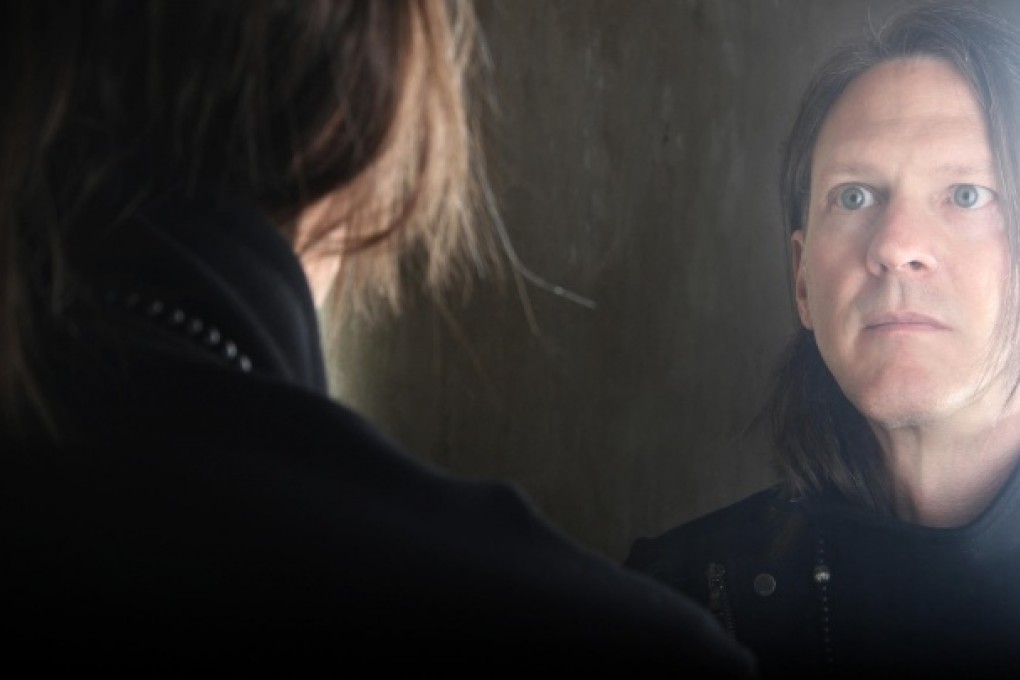Dream work: the Buddha Machine
A basic Buddhist sutra chant box became the bestselling vehicle for Beijing duo FM3's music, writes Doretta Lau

On a sunny spring afternoon, Christiaan Virant of the Beijing duo FM3 stopped to have a coffee in Causeway Bay. He was in Hong Kong to source new rubber cases for the next Buddha Machine, a small device that plays music loops taken from FM3 songs. Since 2005, the electronic musician and bandmate Zhang Jian have released four versions of the machine.
Last year, Virant released a solo album, , which was among the top 40 records of 2012 for music critic Sasha Frere-Jones, an admirer of FM3's work who often listens to a Buddha Machine while cooking. The loops on Buddha Machine 4 are samples from .
"All the music is made like real songs first, and then we take the little bits we like," says Virant, who was born in the US but moved to Hong Kong and then mainland China. "It's kind of like making espresso coffee. We take the best little bits of the songs and put it in the box. This is like the superior version of the album."
The new rubber case is for a re-release of Buddha Machine 1, which will be available in autumn, before the Christmas buying season. "That's the most popular. People love it. It could be the colours. It could be the music. I'm going to reissue it like Coke Classic. It's going to called Buddha Machine Classic."
There is also a Buddha Machine app, which features music from the first three versions. "We were really lucky to get into the App Store two months after it launched, back when it was a gold rush. Our app sold a lot because it was one of the only music apps out there.
"That did amazing things for the machine because we found that most people who downloaded the app wanted the machine. The beauty of the machine is that you can hold it in your hands. It feels really old school, like it's from the '70s," Virant says.
